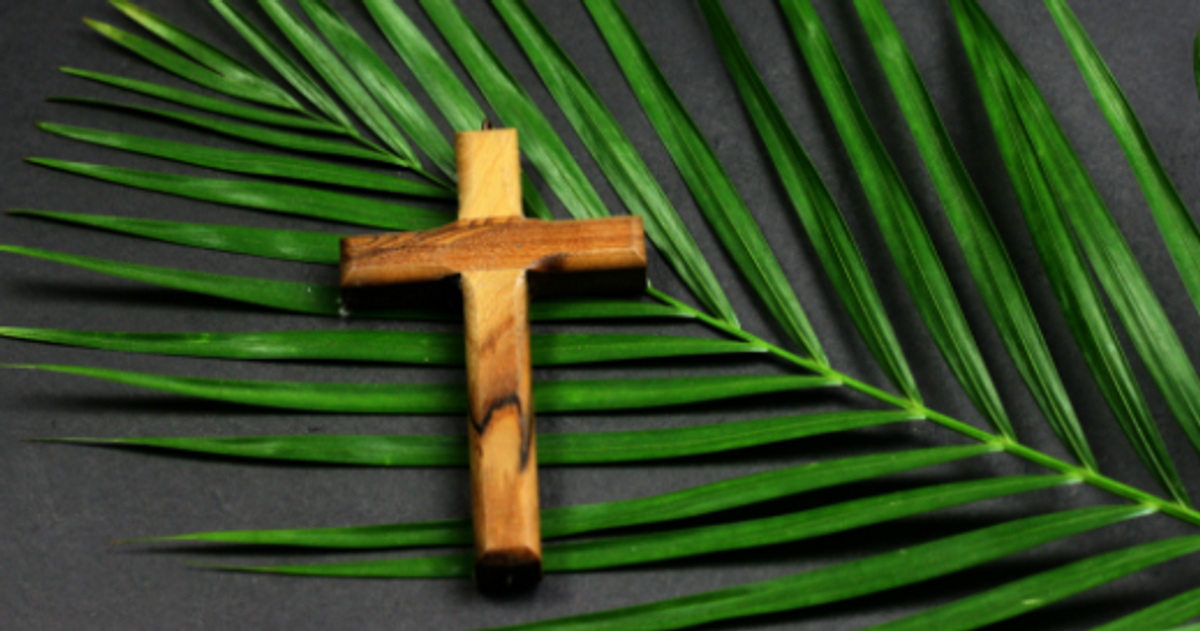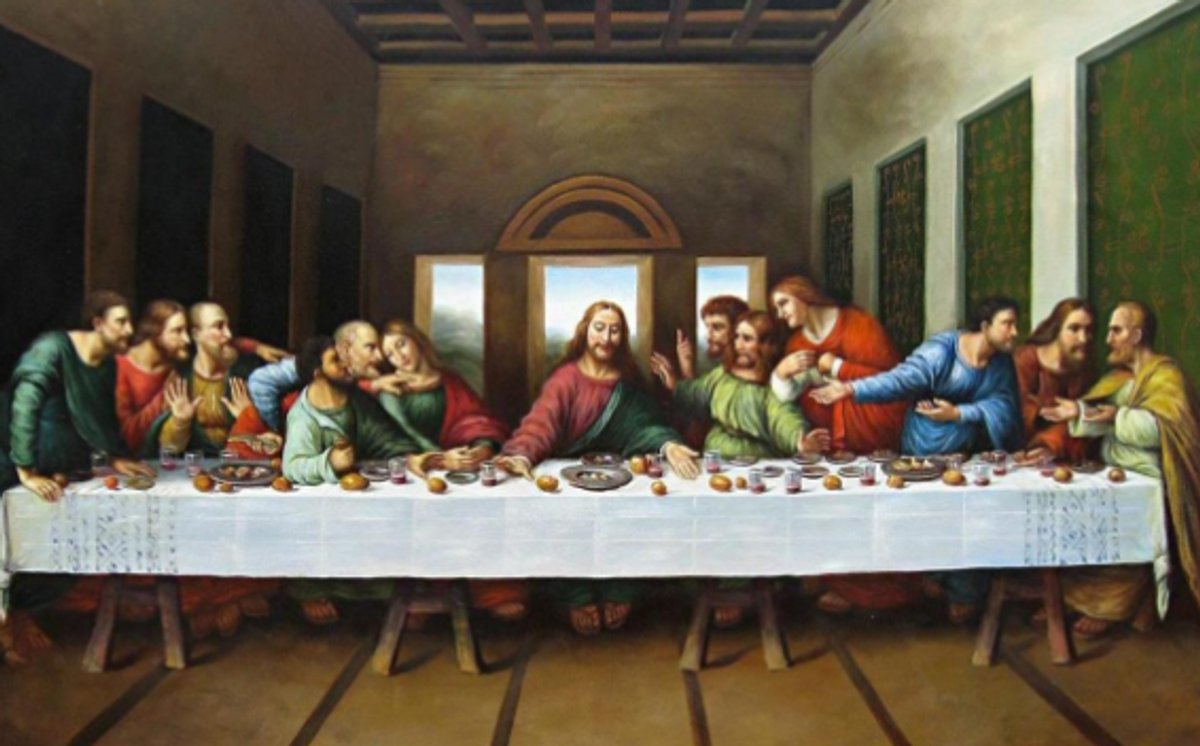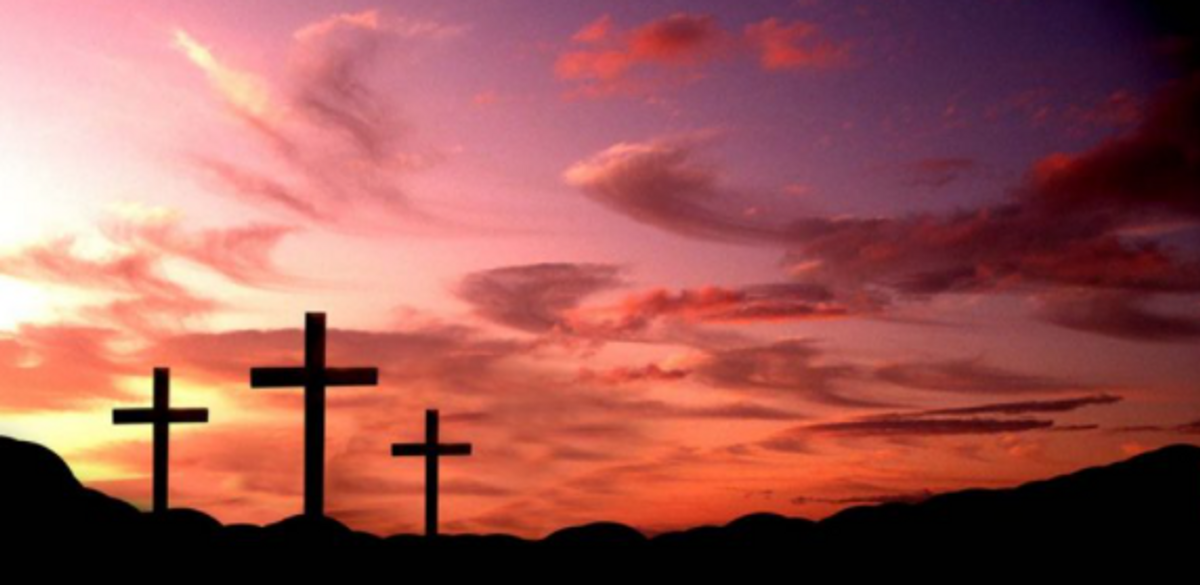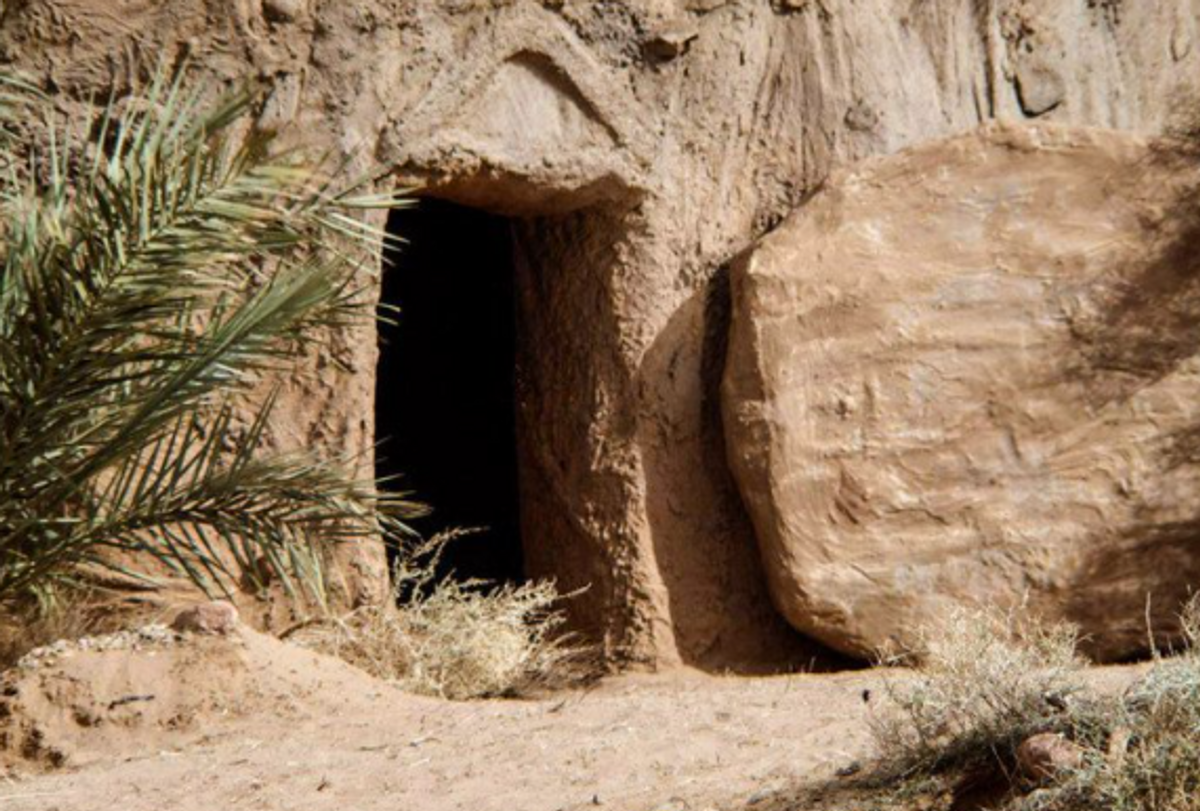Religious Education and Social Justice
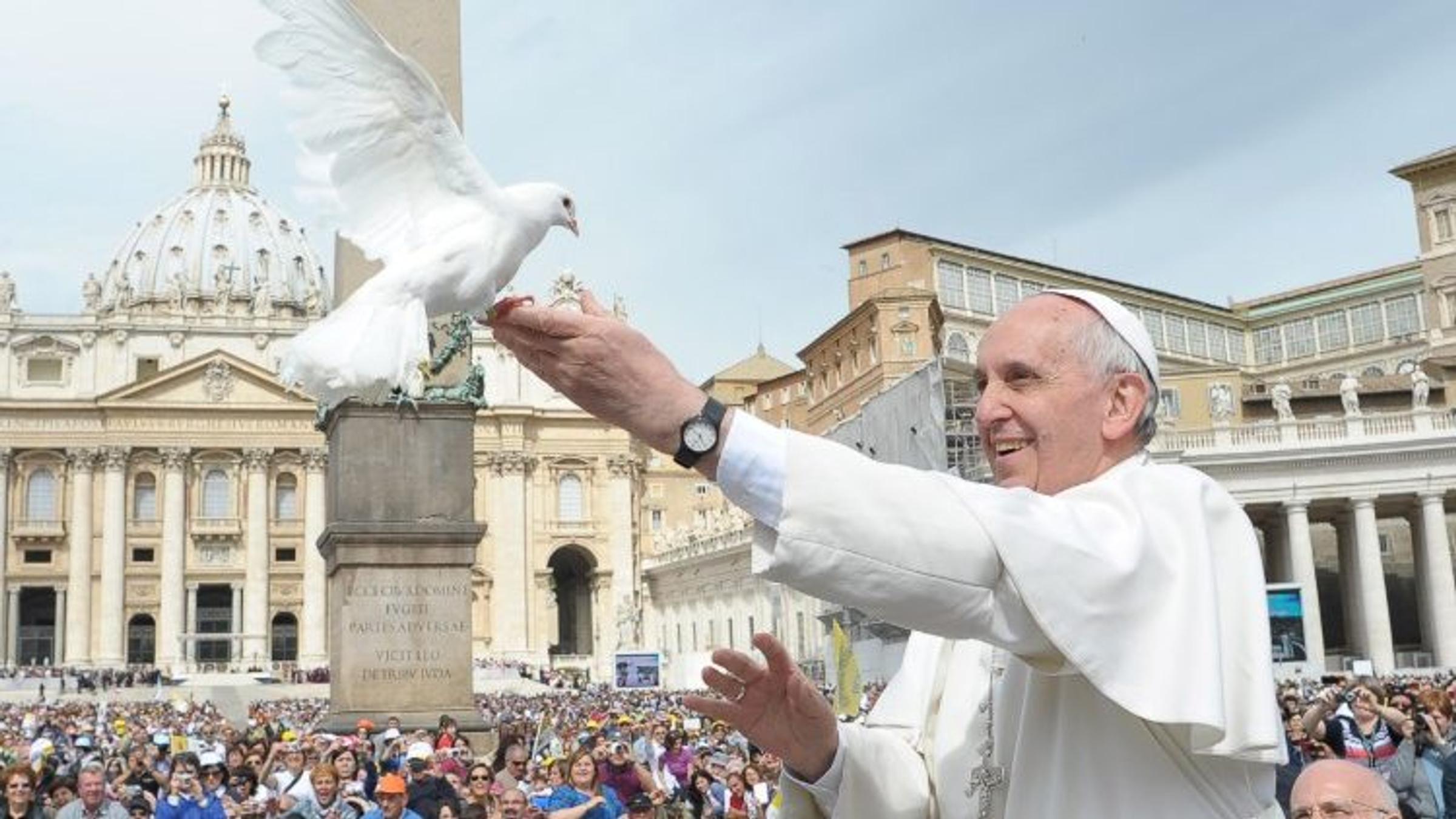
Holy Week
This week we are celebrating Holy Week, which began last Sunday with Palm Sunday.
On Palm Sunday, we celebrate the triumphant entry of Our Lord, Jesus Christ, who rode a donkey into Jerusalem. On that day, the people laid palms before Him, a gesture reserved for triumphant leaders. We celebrate this at Mass by distributing palms to the faithful. The palms are blessed at Mass. Some of these palms are kept by the Church where they are burned and their ashes are saved and distributed at next year's Ash Wednesday services.
The next major event in Holy Week is Holy Thursday. On this day, Jesus celebrated the Passover feast with the disciples. We know this feast as The Last Supper. This is the night He was betrayed by Judas and arrested.
The Last Supper is celebrated at every Mass, especially on Holy Thursday.
After supper, Jesus went to the Mount of Olives and prayed. From this event comes the inspiration for our practice of Perpetual Eucharistic Adoration, where we are invited to spend one hour in prayer with Jesus, truly present in the Eucharist; Body, Blood, and Divinity. Jesus was arrested on the night of Holy Thursday.
The next day is Good Friday, and on this day, we commemorate the trial, punishment, and crucifixion of Our Lord.
On that morning, Jesus was brought before Annas, a powerful Jewish cleric who condemned Jesus for blasphemy. From there, Jesus was presented to Pilate for trial. Although Pilate found no guilt in Jesus, he agreed to have him crucified to appease the crowd of people and prevent a riot.
Christ was stripped, flogged, and crowned with thorns. He was then forced to carry His Cross to the place of His execution. There, He was nailed to the Cross between two thieves who were likewise crucified. Late that afternoon, seeking to ensure Christ's death, a Roman guard stabbed him in his side with a spear. When Jesus died, an earthquake is said to have occurred as well as a great darkness that covered the land. Suddenly, many people knew Jesus was the Son of God.
Jesus was taken and laid quickly in a borrowed tomb, in accord with Jewish law, which required the dead to be buried by sundown before the Sabbath.
In our churches, the Tabernacle is left empty, to show that Christ has departed. On Holy Saturday, there is no Mass. Parishes may hold services, but there is no distribution of Communion.
On Holy Saturday, we remember that Jesus descended into hell where He preached the Gospel to those who had died before and opened the way to heaven for all those who were worthy.
This concludes Holy Week. The following day is Easter Sunday, the day on which it was discovered the Tomb was empty, and our Lord was resurrected, triumphing over death once and for all time.
I wish everyone a happy and holy Easter.
Jane Wilkinson
Religious Education Leader

